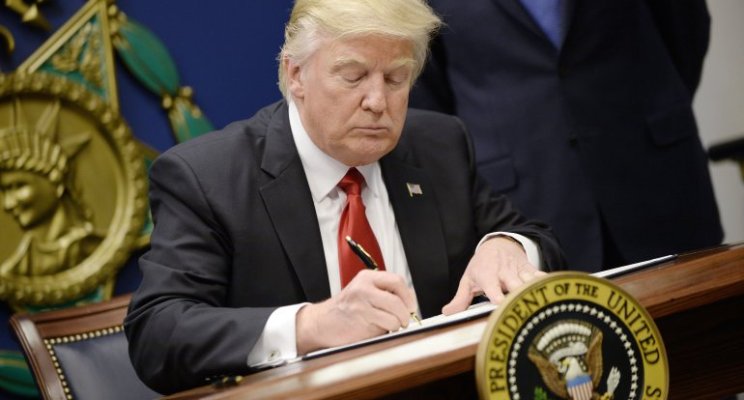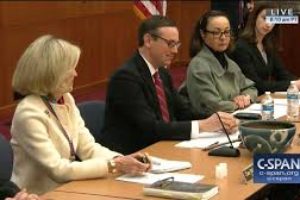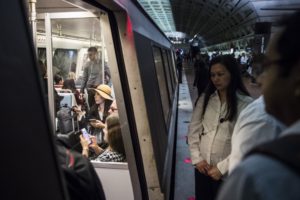While perusing CNN’s website through the throng of Trump-related articles, I came across a most interesting video. The CNN anchor was interviewing residents in a diner in Luzerne County, located in northeastern Pennsylvania. The anchor asked residents if they believed the immigration ban from seven Muslim countries executed by President Trump last week was the right call. There was one resident that said the ban was discriminatory and wrong, but the other interviewees stated that they agreed with the ban to protect themselves from Islamic terrorism.
Pennsylvania was one of the states that voted Trump in 2016 after going to Obama in 2008 and 2012. After watching the video, I did some research on the county. Turns out the county has voted Democratic for the presidential election every time since 1988 – until it went Trump in 2016. Even more notable is that he won 58 percent of the vote, which was the highest percentage of votes ever in the county by a Republican since 1972 when Nixon won the county with 60 percent of the votes. And this was the case in a county where in November 2008, almost 60 percent of the voters registered as Democrat.
It got me thinking how often this type of scenario likely played out in other swing states like Michigan, Ohio, and North Carolina that gave Trump the election over Clinton. The threat of terrorism shifted many voters from Democrat to Republican. According to a recent Pew Research poll, roughly three-quarters say that defending the country from terrorism (76 percent) and strengthening the economy (73 percent) should be top priorities for Congress and Trump – in comparison to other issues like climate change, environment, and transportation, which polled much lower (38, 55, and 36 percent, respectively) with a significant partisan gap on climate change.
Yet a 2016 Cato Institute study has shown that the chances of dying from a terrorist attack from a refugee in the U.S. are 1 in 3.6 billion, while the chance of being murdered in an attack committed by an illegal immigrant is 1 in 10.9 billion per year, both less than the chances of dying by a traffic accident (1 in 47,718 in 2013). However, many people are driven by emotion, of which fear and uncertainty are powerful motivators. Fear and uncertainty about terrorism and jobs influenced people to vote from Trump; now he has to answer to that emotion as president, if he is capable of doing it at all.





Leave a Reply